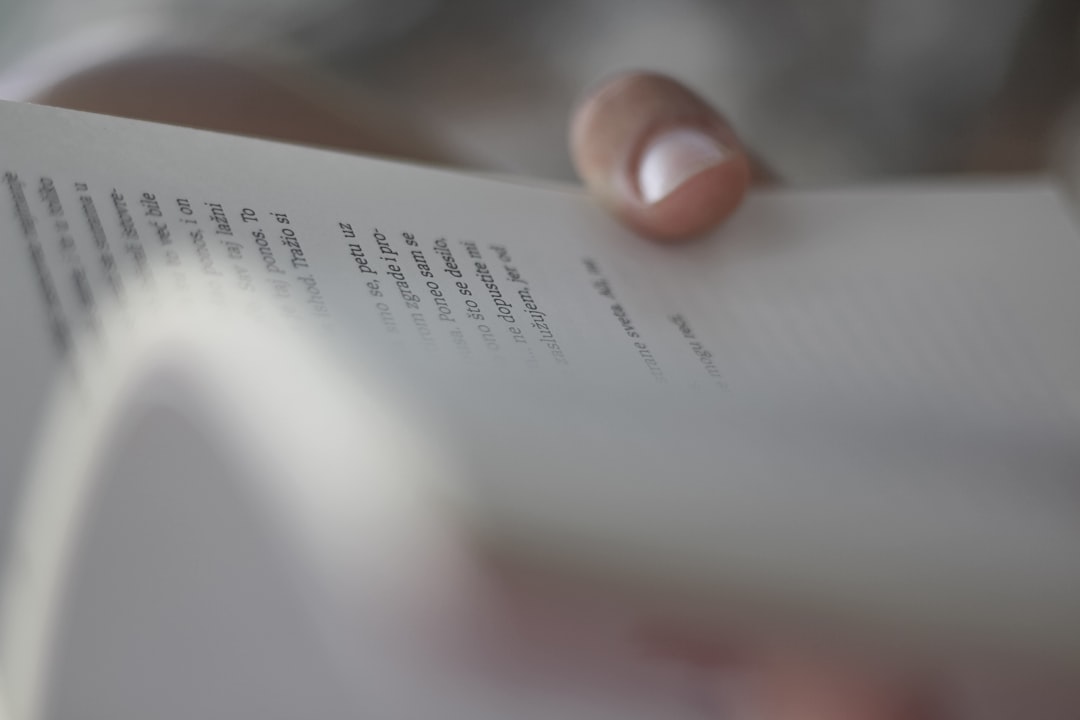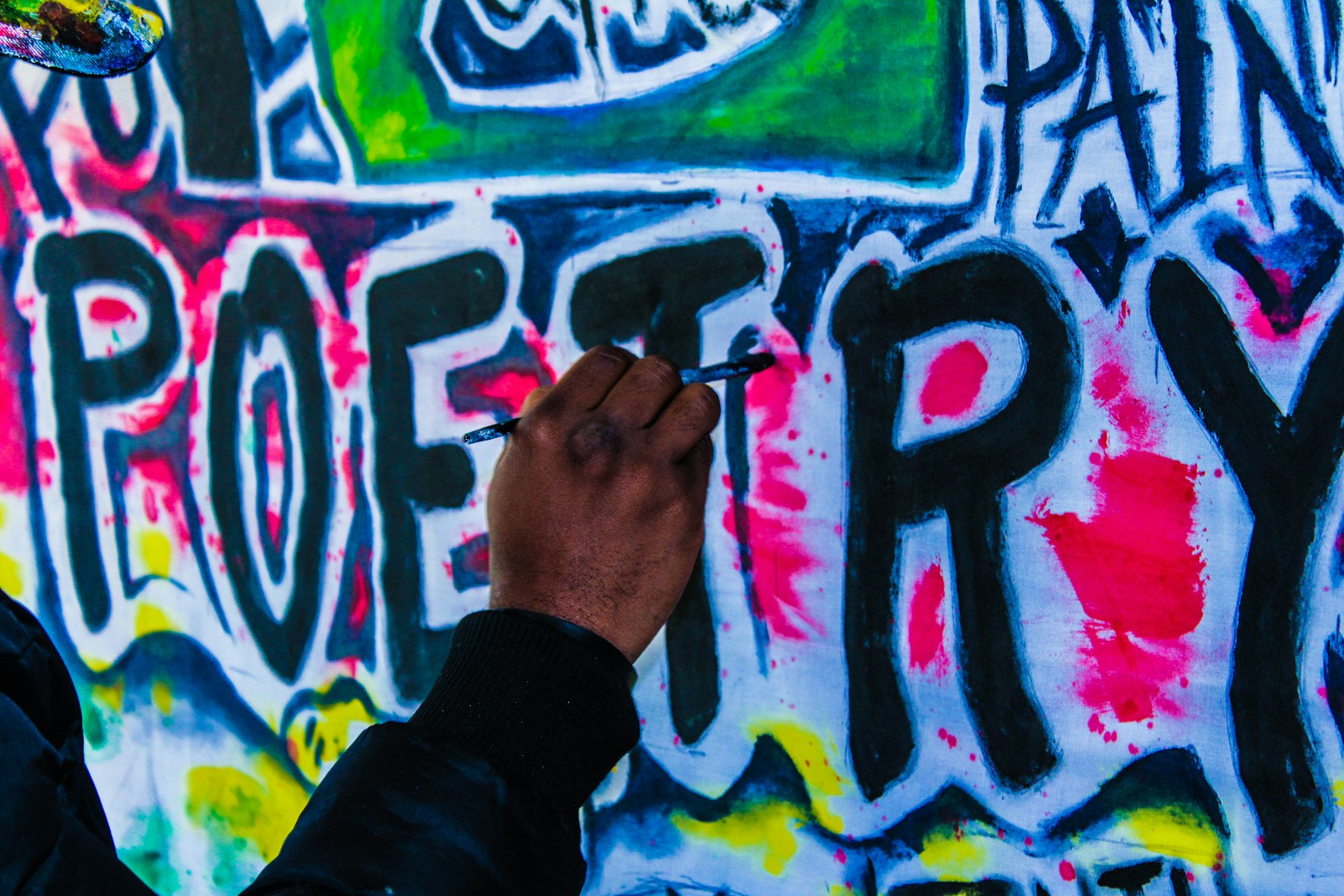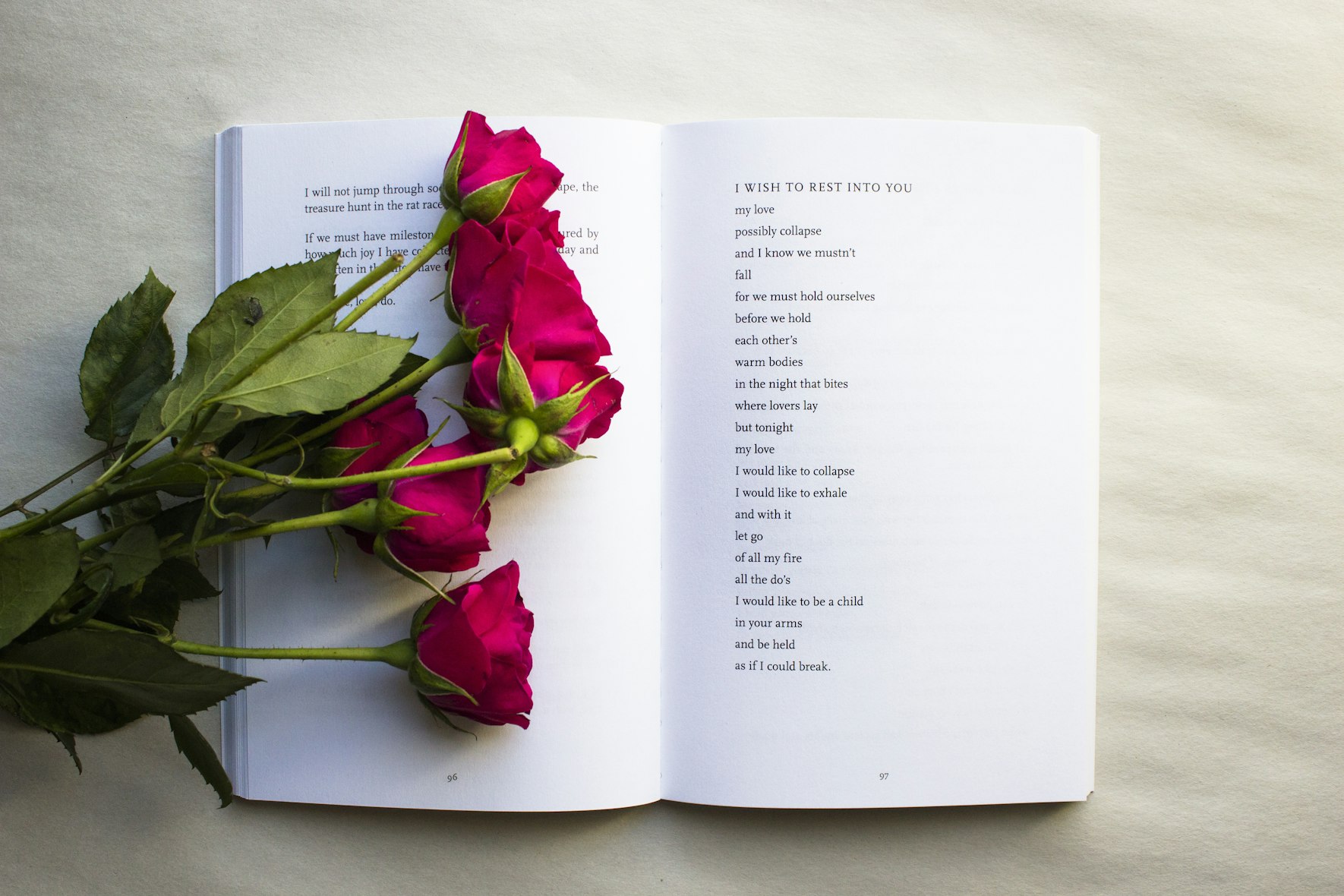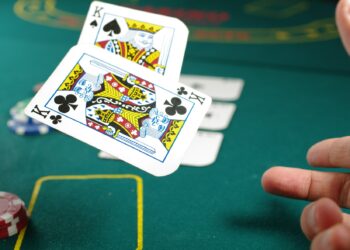Who wrote the epic poem “Paradise Lost”?

John Keats
John Milton
William Wordsworth
Geoffrey Chaucer
Which poet is best known for their exploration of the themes of death and immortality in their work?

Robert Frost
Emily Dickinson
T.S. Eliot
Sylvia Plath
The Love Song of J. Alfred Prufrock is a landmark poem by which Modernist poet?

W.B. Yeats
Robert Browning
T.S. Eliot
Ezra Pound
Which poet penned “Do not go gentle into that good night,” a poem about fighting against death?

Dylan Thomas
Seamus Heaney
Philip Larkin
Ted Hughes
Ode to a Nightingale and “To Autumn” are works by which English Romantic poet?

Percy Bysshe Shelley
John Keats
Samuel Taylor Coleridge
Lord Byron
Which poet wrote “Inferno,” the first part of the Divine Comedy?

Virgil
Dante Alighieri
Petrarch
Giovanni Boccaccio
Who is considered the national poet of Scotland, known for works like “Auld Lang Syne” and “Tam o’ Shanter”?

William Blake
Robert Burns
James Joyce
Walter Scott
Which poet won the Nobel Prize in Literature in 1995 for works that “with lyrical beauty make individual human destiny universal”?

Bob Dylan
Seamus Heaney
Derek Walcott
Pablo Neruda
The Road Not Taken and “Stopping by Woods on a Snowy Evening” were written by which American poet?

Langston Hughes
Walt Whitman
Robert Frost
Emily Dickinson
Who is the author of “The Waste Land,” a poem considered one of the most important texts of 20th-century Modernism?

Virginia Woolf
James Joyce
T.S. Eliot
F. Scott Fitzgerald
Annabel Lee is a poem by which American poet?

Edgar Allan Poe
Ralph Waldo Emerson
Henry Wadsworth Longfellow
Walt Whitman
Who is the author of “The Bell Jar,” a semi-autobiographical novel exploring themes of identity and mental illness?

Sylvia Plath
Virginia Woolf
Charlotte Perkins Gilman
Dorothy Parker
Which poet wrote “The Tyger,” a poem that contemplates the complexities of creation and the existence of good and evil?

William Blake
John Donne
Alexander Pope
William Wordsworth
Leaves of Grass, an iconic collection of poetry celebrating individuality and democracy, was authored by which poet?

Henry David Thoreau
Walt Whitman
Emily Dickinson
Ralph Waldo Emerson
Who wrote “Because I could not stop for Death,” a poem that personifies death as a courteous gentleman?

Emily Dickinson
Sylvia Plath
Anne Sexton
Elizabeth Bishop
The Rime of the Ancient Mariner is a poem by which English poet?

Samuel Taylor Coleridge
John Keats
Percy Bysshe Shelley
William Wordsworth
Which poet, known as a master of the sonnet, wrote “Sonnet 18,” also known as “Shall I compare thee to a summer’s day?”

William Shakespeare
John Donne
Ben Jonson
Christopher Marlowe
A Prayer for My Daughter is a work by which poet?

W.B. Yeats
T.S. Eliot
Seamus Heaney
Robert Frost
Who wrote “Goblin Market,” a narrative poem with themes of temptation, sacrifice, and salvation?

Christina Rossetti
Elizabeth Barrett Browning
Mary Shelley
Virginia Woolf
Which poet is credited with popularizing the haiku form outside Japan, particularly known for their book “The Narrow Road to the Deep North”?

Matsuo Bashō
Kobayashi Issa
Yosa Buson
Masaoka Shiki

Poetically challenged
You didn’t do very well on this quiz.

Poet in training!
You did fairly well on this quiz.

You’re a poet and you know it!
You did a great job on this quiz.






